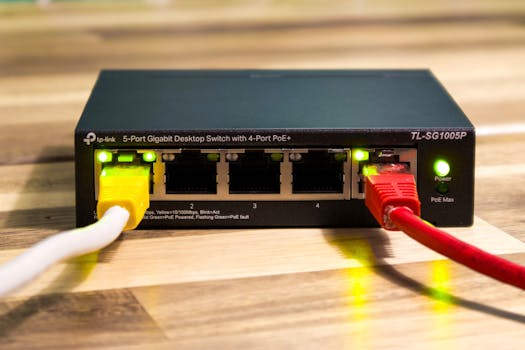
Revolutionizing Connectivity: The Latest Breakthroughs in Satellite Telecommunications
Revolutionizing Connectivity: The Latest Breakthroughs in Satellite Telecommunications have been making tremendous strides in recent years, transforming the way we connect and communicate. With the increasing demand for high-speed internet and global connectivity, satellite telecommunications have become a vital component of modern communication systems. In this article, we will delve into the latest breakthroughs in satellite telecommunications and their impact on the world.
The Evolution of Satellite Telecommunications

Satellite telecommunications have come a long way since the launch of the first commercial communications satellite, Intelsat 1, in 1965. Over the years, advancements in technology have led to significant improvements in satellite design, launch systems, and communication protocols. Today, satellite telecommunications play a critical role in providing global connectivity, bridging the digital divide, and enabling access to high-speed internet in remote and underserved areas.
Latest Breakthroughs in Satellite Telecommunications

Several recent breakthroughs in satellite telecommunications are revolutionizing the industry. One of the most significant advancements is the development of high-throughput satellites (HTS), which offer faster data speeds and greater connectivity. HTS satellites use advanced technologies such as spot beams and frequency reuse to increase capacity and reduce latency. Another breakthrough is the introduction of low-Earth orbit (LEO) satellites, which provide lower latency and higher speeds than traditional geostationary satellites. LEO satellites are being used for a range of applications, including satellite constellations, which are networks of satellites working together to provide global coverage.
Applications of Satellite Telecommunications

Satellite telecommunications have a wide range of applications, including broadband internet, mobile communications, navigation, and remote sensing. Satellite broadband internet is being used to connect remote communities, provide access to education and healthcare, and enable e-commerce and digital commerce. Mobile communications via satellite are being used for emergency response, search and rescue, and maritime communications. Navigation systems such as GPS rely on satellite telecommunications to provide location information and timing signals. Remote sensing applications such as weather forecasting, climate monitoring, and Earth observation are also dependent on satellite telecommunications.
Challenges and Future Directions

Despite the many breakthroughs in satellite telecommunications, there are still several challenges to be addressed. One of the major challenges is the issue of spectrum allocation, as the increasing demand for satellite communications is putting pressure on limited spectrum resources. Another challenge is the need for greater investment in satellite infrastructure, including the development of new launch systems and satellite designs. As the industry continues to evolve, we can expect to see new innovations and breakthroughs, such as the use of artificial intelligence and machine learning to optimize satellite communications, and the development of new applications such as satellite-based 5G networks.
See more:





